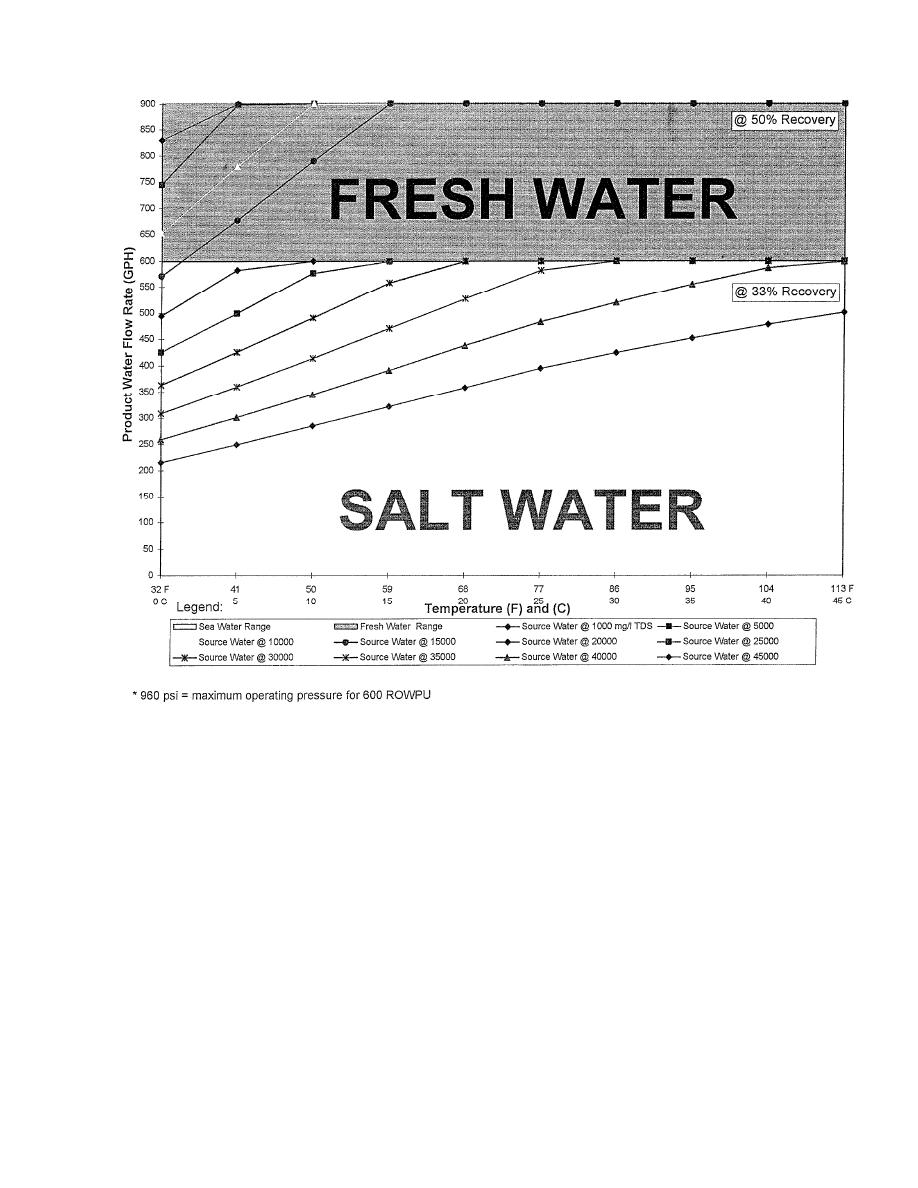
Figure 1-1. Water production for the 600-GPH ROWPU operating @ 960 PSI.
The procedure to follow involves three steps. First, locate the legend box at the bottom of the graph.
Find the line for TDS of 20,000 millgrams per liter. (It will have a diamond on the line.) Locate that line in the
saltwater part of the graph. Next, you need to locate the temperature of 35C on the horizontal line (or y-
axis) of the graph. From that point, you need to cross match it to the line indicating 20,000 TDS (that is the
third line up from the y-axis above the 35C). Finally, from the intersection of that point, draw a line across to
the vertical line to the left (or x-axis) labeled Product Water Flow Rate in gallons per hour (GPH). This point
is approximately 600 GPH.
Since a ROWPU does not operate a full 24 hours, (it is necessary to shut down for 4 hours of PMCS [see
Part E: Preventive Maintenance Requirements]), and since given the conditions of the scenario, one
ROWPU produces 600 GPH. Thus, one ROWPU operating 20 hours will produce (20 x 600 GPH =) or
12,000 gallons per day (GPD).
Based on the echelon level in the scenario, the total daily production requirement is 32,000 GPD. Since
one ROWPU produces 12,000 GPD, divide the total daily rate by the production of one ROWPU to
determine the total number of ROWPUs needed for the mission. This would be:
32,000 GPD 12,000 GPD per ROWPU = 2.7 ROWPUs
Round up to the nearest whole number three (3) as the total number of ROWPUs needed to complete your
mission. In the scenario, you are starting the mission with four (4) ROWPUs, thus you can produce (4 x
12,000 GPD =) 48,000 GPD. Using this data you can determine that there will be no shortfall and the
allocated number of ROWPUs will be sufficient.
1-4
QM 4923



 Previous Page
Previous Page
